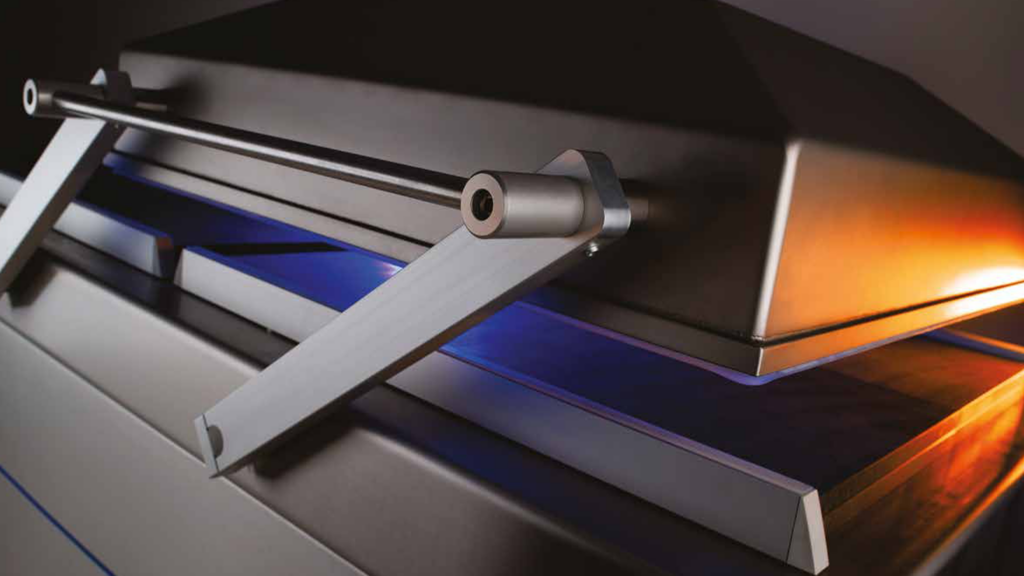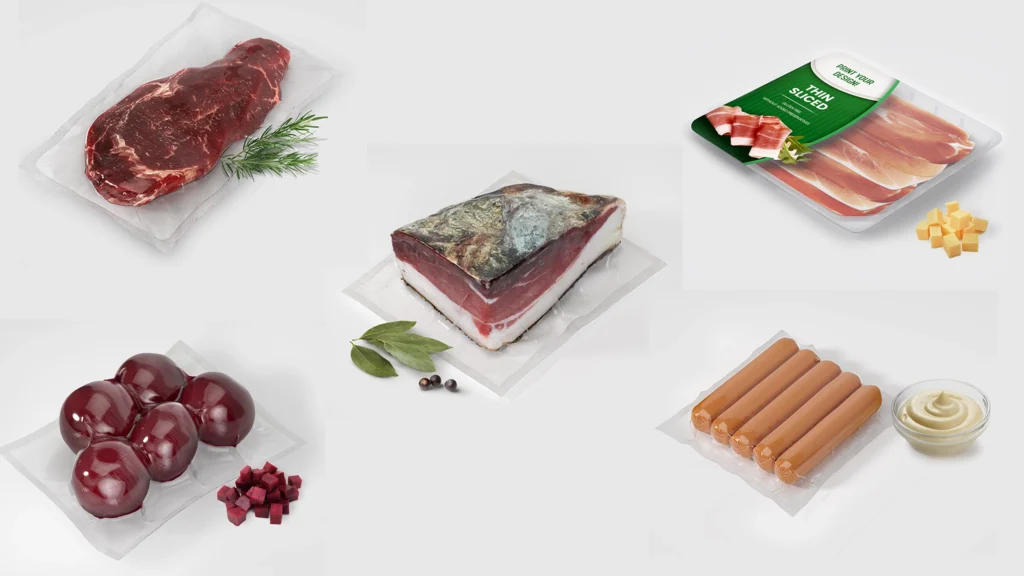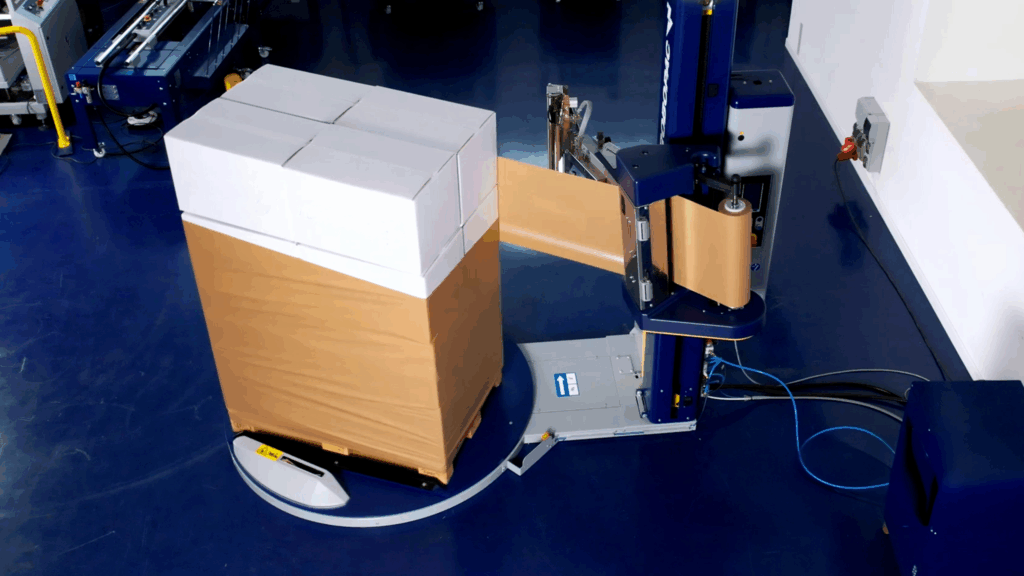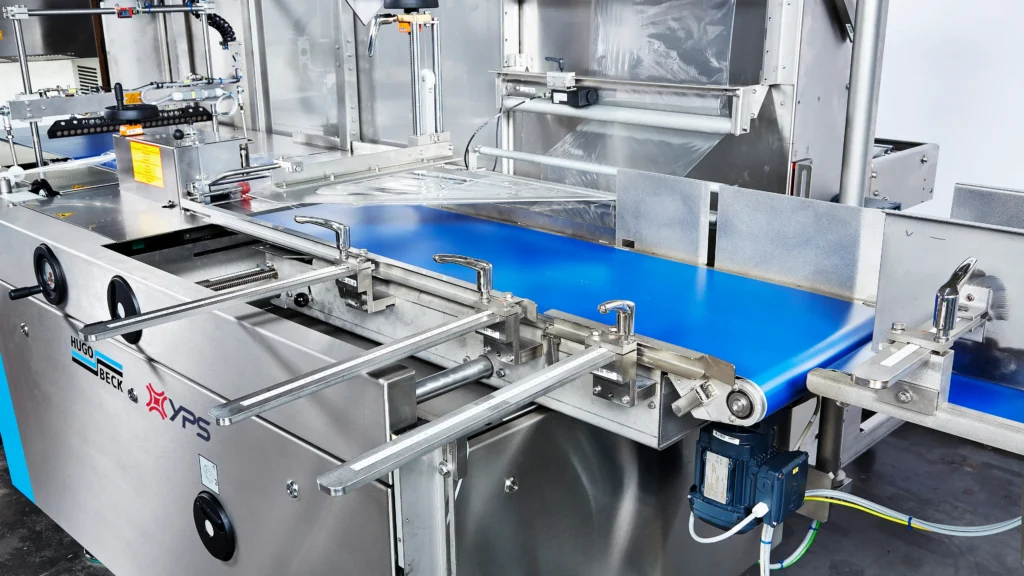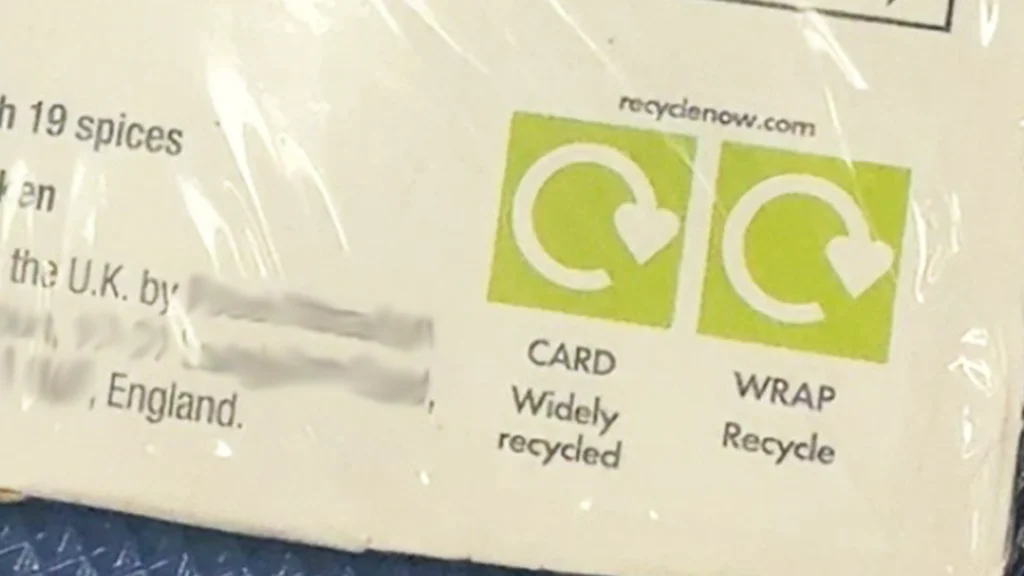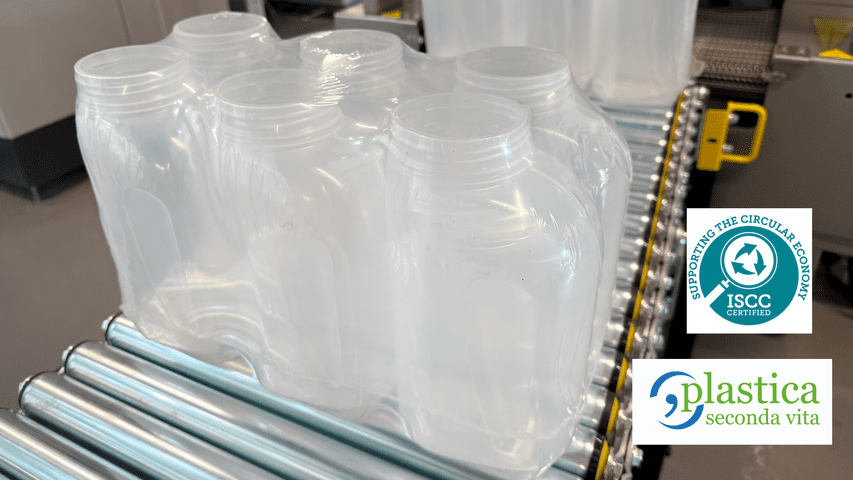Food Waste – What’s The Scale Of The Problem?
Public and official attention has turned recently with increasing momentum to the issue of food waste. September this year played host to a dedicated ‘Stand Up For Food’ month and the latter half of 2019 has witnessed an ongoing and very high-profile ‘Guardians of Grub’ campaign in the UK. Launched by WRAP (who are perhaps best known for their work on plastics, recycling and sustainability) and supported by DEFRA, these two campaigns honed in on this increasingly worrying issue. They argue that:
75% of food disposed of annually would have been fit for consumption
42 tonnes of food is thrown away every second
1/3 of total worldwide food production is wasted
This all costs our economy £2.9 billion in waste. WRAP say:
Food is as precious as our planet and if we work together as Guardians of Grub, we will be able to make the world a better place, without food waste.
It’s clear that although plastic is typically the poster child of the environmental crisis we are facing, food waste also plays a very significant role in the continuing damage to the earth. On the 5th November 2019, a paper published by William J. Ripple (professor of ecology at Oregon State University) and signed by 11,000 additional scientists, detailed the six most urgent changes required to slow down climate change. Food squandering was amongst the roll call of guilty contributing factors, with Ripple pointing out that at least one-third of all food produced ends up as garbage, meaning unnecessary emissions were created in producing it. Sarah Clayton from Love Food Hate Waste agrees, stating:
Reducing food waste is good for the planet, as it helps slow down global warming. If global food waste were a country, it would be the third largest emitter of greenhouse gases after China and the US.
An Unlikely Weapon?
There are many things we can all do in the plight to alleviate the impact of food waste on the planet, such as freezing food prior to its use-by date, getting inventive with leftovers or planning our meals in advance before shopping. Yet ironically, plastic flexibles can also help in this fight.
Food waste is significantly reduced in both the supply chain and in our homes through the use of plastic shrink film. Film considerably extends the shelf life of foods that would become unfit for sale much sooner without it. For example, the exceptional Bolfresh® Bollore shrink film range that we supply boasts the following impressive food-saving credentials:
Fresh pizza – shelf life is increased from 6 days up to 21 days with the addition of shrink film*
Whole chicken – shelf life is increased from 7 days up to 14 days with the addition of shrink film*
Processed meat – shelf life is increased from 7 days up to 14 days with the addition of shrink film*
Cheese – shelf life is increased from 21 days up to 35 days with the addition of shrink film*
Cucumbers – last 14 days longer with the addition of shrink film
Prolonging the shelf life of perishable products is pivotal in cutting the food wastage from shops and supermarkets. For example, grapes packed in plastic have been shown to reduce store wastage on average by 20%. Recently the supermarket giant Iceland trialled plastic-packaging-free banana bunches but were forced to revert back to plastic after only three months when sales fell by 20%. Iceland M.D. Richard Walker revealed that removing plastic packaging on the bananas ended up causing up to 20% shrinkage of the fruit and that individual bananas were snapping off the bunch or going rotten. The secondary benefit of reducing waste in stores with shrink wrap is that it in turn keeps costs lower for consumers. Retail prices of food tend to be increased when items are sold loose rather than packaged in order to absorb the cost of the unavoidable waste that unpackaged products generate. It is also important to note that packaging films enable the supplier to display guidance on the optimal home storage conditions, which can help consumers preserve food for longer and therefore reduce waste.
Furthermore, many foods consumed in the UK are grown overseas, such as citrus fruits and avocados. Other foods are seasonal and must be sourced from exotic climes in winter months, like cucumbers and berries. These foods embark on long journeys to reach our supermarkets. Shrink film ensures those long journeys don’t impact our consumption window too drastically by maintaining freshness and ensuring food is not spoiled by the time it arrives. The penalty of wastage for far-flung products would also be a carbon-heavy impact, resulting from emissions produced during transportation. Shrink wrap is a weight-optimised material and therefore minimises this as much as possible compared to other packaging alternatives.
As well as extending the life expectancy of foods in transit, in shops and in our homes, shrink film also reduces food waste because it prevents contamination, which can result in otherwise perfectly good food being disposed of. A shrink film layer prevents against dust, dirt and pathogens infiltrating the product and provides a tamper-evident seal to discourage foul-play. Our entire range of Bollore packaging films have full food-contact approval and certification. With full traceability down to each individual roll of film, we are also BRC approved for complete peace of mind in any food application.
Courtald Agreement
Launched in 2005, the Courtald commitment was founded by WRAP and is a voluntary scheme aimed at reducing waste in the UK food and drink sector with the help of government, brands and suppliers. It zeros in on food waste in the household, product waste in the food supply chain and on improving packaging design. Specifically with regards to packaging design, it endeavours to:
Maximise recycled content as appropriate, improve recyclability and deliver product protection to reduce food waste, while ensuring there is no increase in the carbon impact of packaging.
In the crosshairs of Courtald’s demands, shrink wrap film from YPS holds its own. We can supply films with as much as 70% recycled content, the entire range is fully recyclable with OPRL approval, it delivers incredible protective properties for food products whilst being lightweight and durable and compared to many Chinese films on the market it has a short supply chain, keeping carbon emissions from transport low (all of our polyolefin is manufactured by Bollore in France and our polythene from UK manufacturers). The bio-based films we supply use natural sugar-cane content rather than fossil fuels, again reducing the carbon impact compared to conventional virgin plastics.
To Wrap Or Not To Wrap?
We should be smart when it comes to packaging. For example, it’s clear that not all foods need the addition of our man-made materials. Those with thick skins, husks and shells can survive the rigorous supply chains of our food industry well enough and should be left as nature intended. But when we can supplement nature in a way that reduces food waste, this is surely not just a bonus but an outright responsibility in these times of climate emergency.
It’s best to buy something maybe a bit more heavily packaged when it can reduce food waste.
Dr Isabell Schmidt from the German Association for Plastics Packaging and Films.
The challenges brought by plastic use must be balanced against the backdrop of the food waste situation, they cannot be judged in isolation. When you consider that shrink films are fully recyclable, often have bio-sourced derivatives, can include post-consumer waste content and slot into the full circle economy championed by WRAP, their portion of the blame in the bigger picture of environmental damage looks smaller.
At YPS we believe that shrink film, as a ‘Guardian of Grub’ (albeit not an obvious one), is a great asset in the fight against food waste.
*with inclusion of MAP


